
源 . 亮 :
A Retrospect on
Chinese Clans in Singapore
(The Book)
Background
Chinese clan associations were formed decades ago with the purpose to meet the needs of the Chinese migrant welfare. More than just a social institution, they played a largely significant role in bringing Chinese arts and culture to Singapore and advocating it, passing it down for generations.
Now, with changing times, clan associations are no longer the center of important social activities and functions as they are seen to be irrelevant in this day and age.
While the larger clans like the umbrella organisations may still be flourishing, many smaller clans have either closed or become dormant, silently waiting for their time to come. These communities know that unless they redefine their place in today’s society, they will continue to face problems in recruiting new blood and sustaining financially in the years to come.
Many clans’ building facades each also have a story to tell, but how many people actually stop to admire them? How much longer can it stand on this little island, where its landscape is everchanging?
The Creative Rationale
Few people realise that behind the humble-looking facade of a clan lies a rich history that all Chinese deserve to know.
After much thought, the definition of the two Chinese words (see below) was put together to create the project title, 源 . 亮, where the two words become a play on the pun of the Chinese term 原谅, meaning “to forgive”.
源 : origins 亮 : come to light
The project aims to bring our origins — how our ancestors came to Singapore, set up small communities, and propagated the Chinese arts and culture into our own localised culture — to light, and also educate today’s youths on the importance of knowing our beginnings. With possibly over 100 clans now on the verge of closing down due to changing times, if we are unable to preserve every clan, what more can we ask for, but forgiveness?
The theme of the project is “leaving home to find a home”, where clans inevitably became the migrants’ new “home” because that was the place where all of their own people would gather together, under one roof, to share their woes, solve their problems and contact their families back in China.
When our forefathers were made to leave their hometown to find opportunities elsewhere due to difficult living conditions, they came to Singapore with practically nothing, helpless and lost. That was when clans were set up to help them find jobs and attend to their welfare needs.
Clan associations also played an important role in passing down generations of Chinese traditions, practices and culture into the bloodstream of Singaporean Chinese, becoming the one of the remaining “links” to our Chinese heritage.
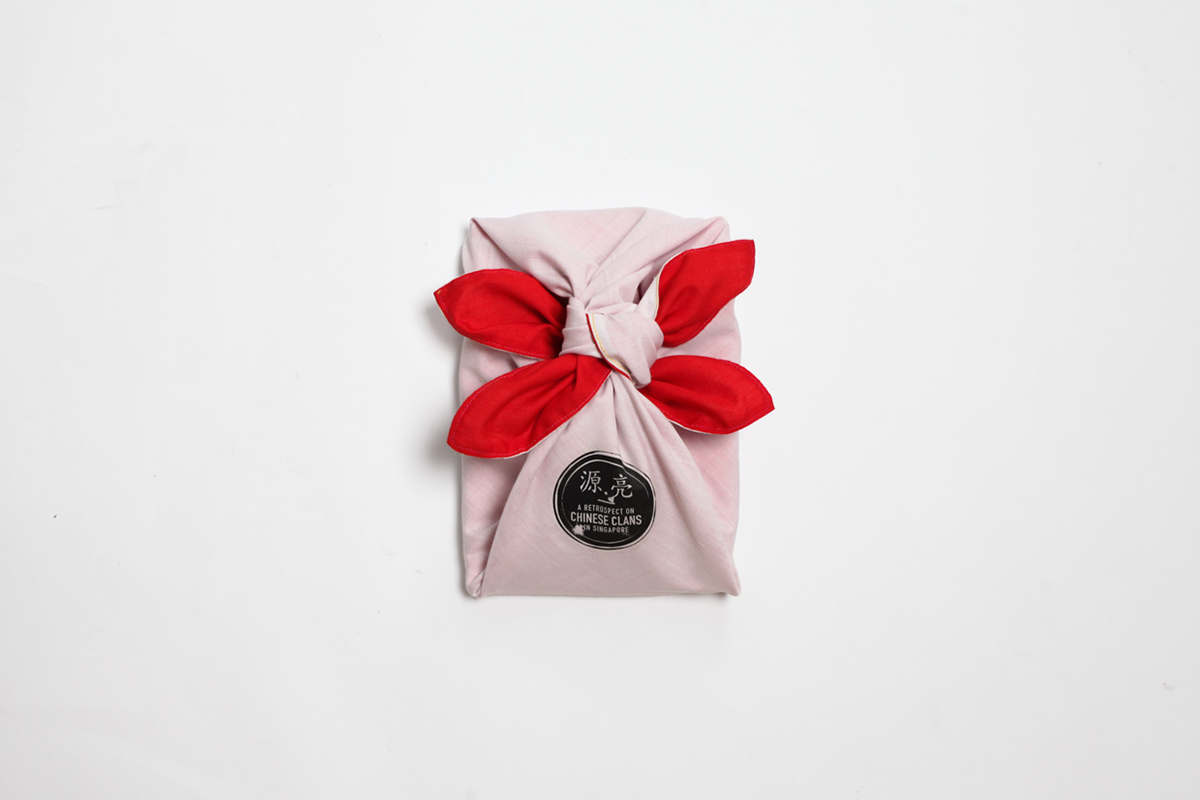
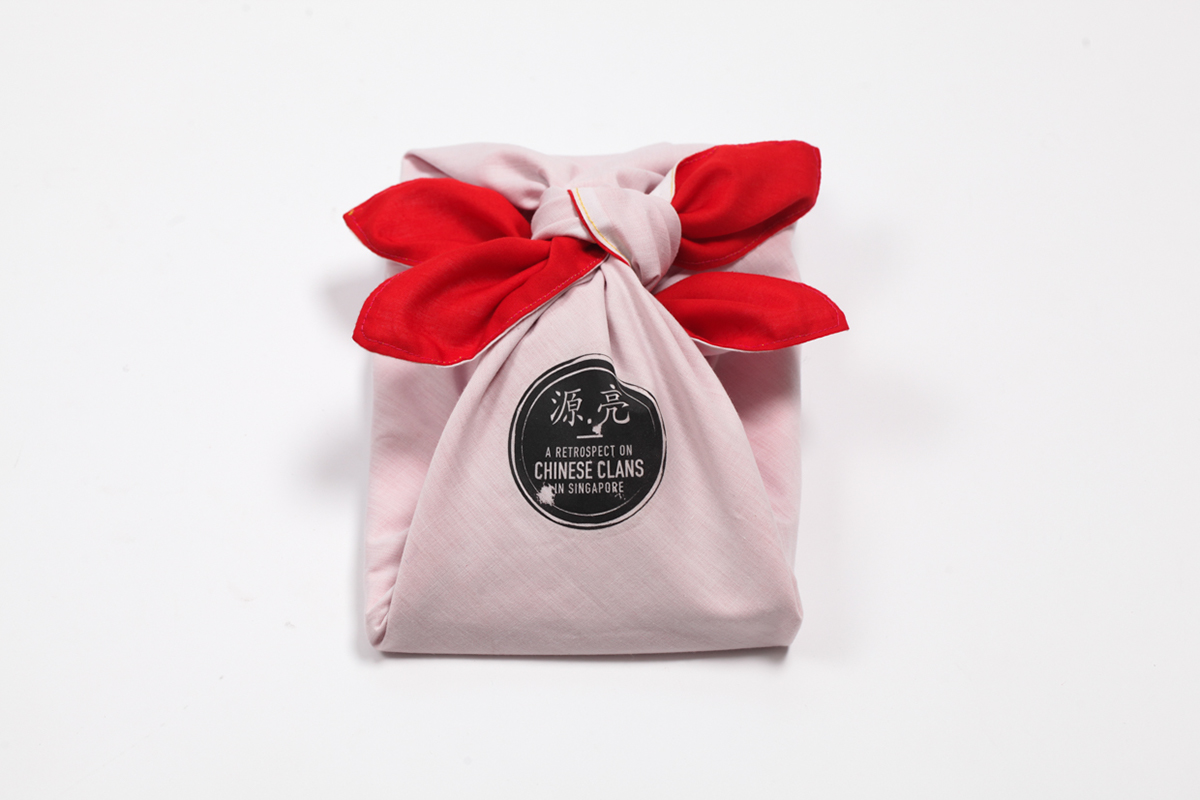

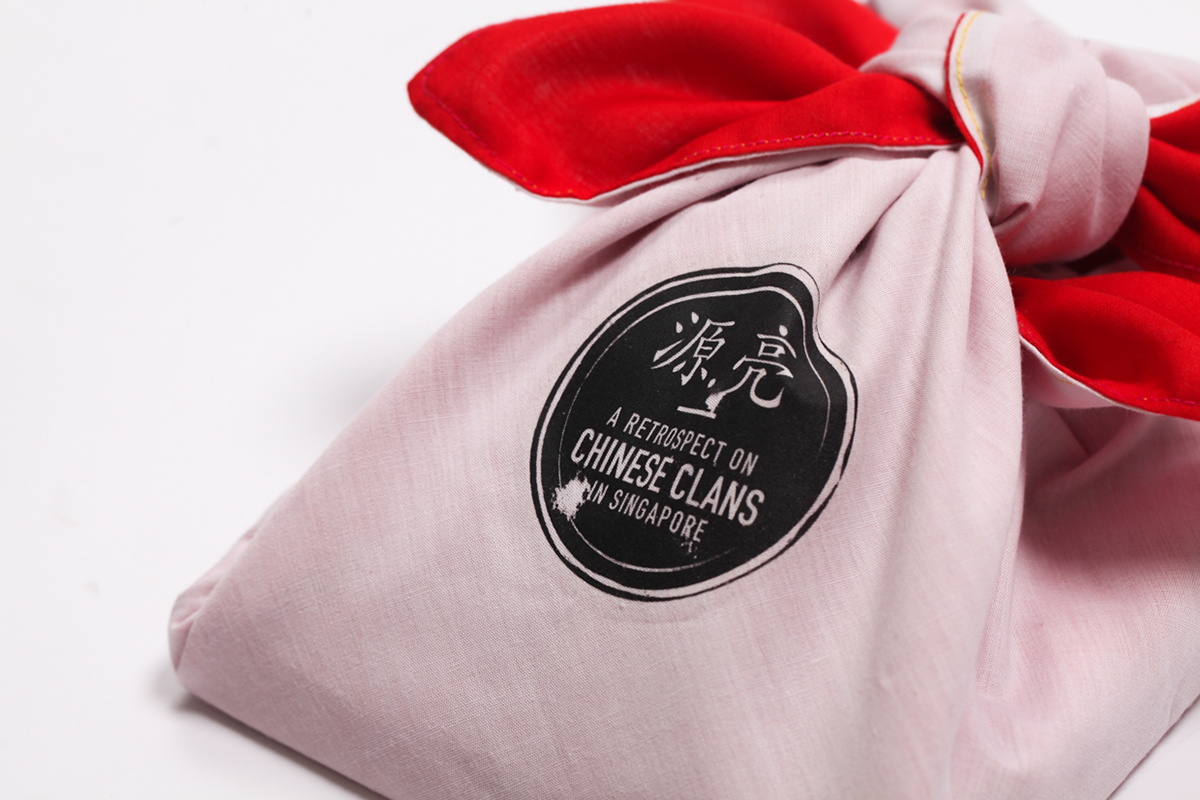
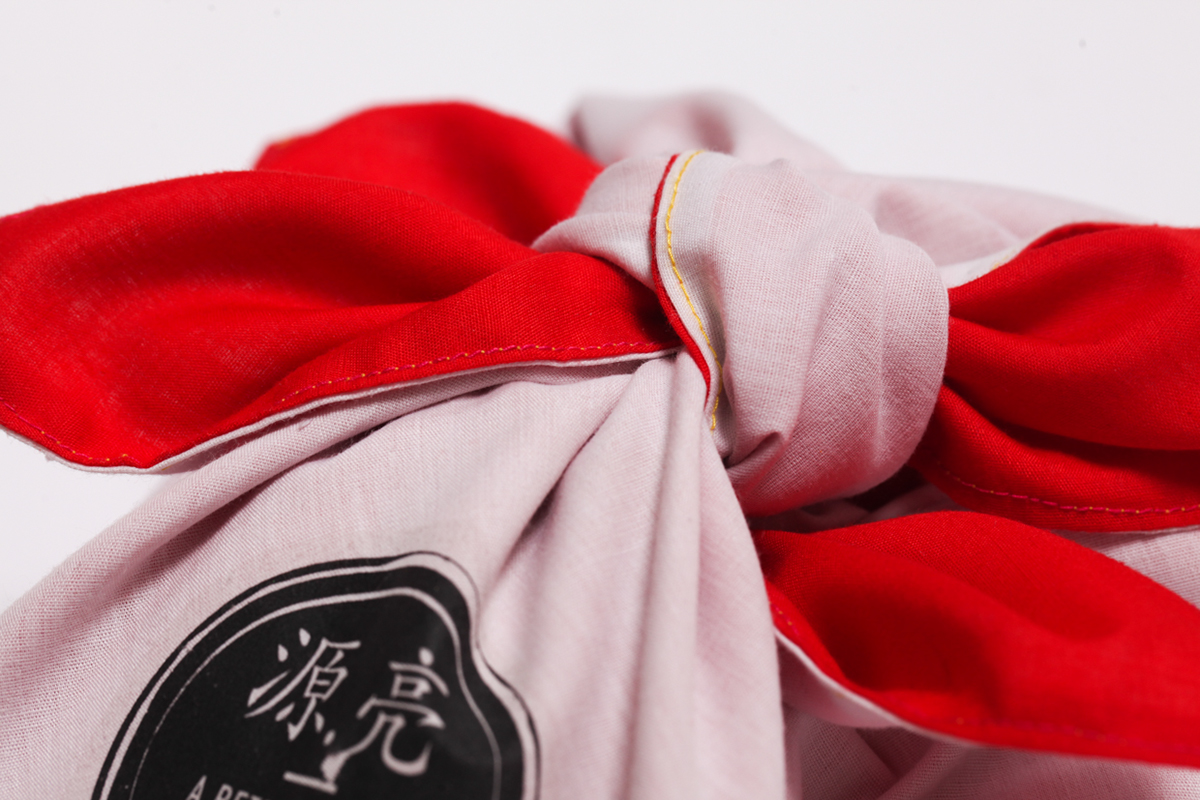

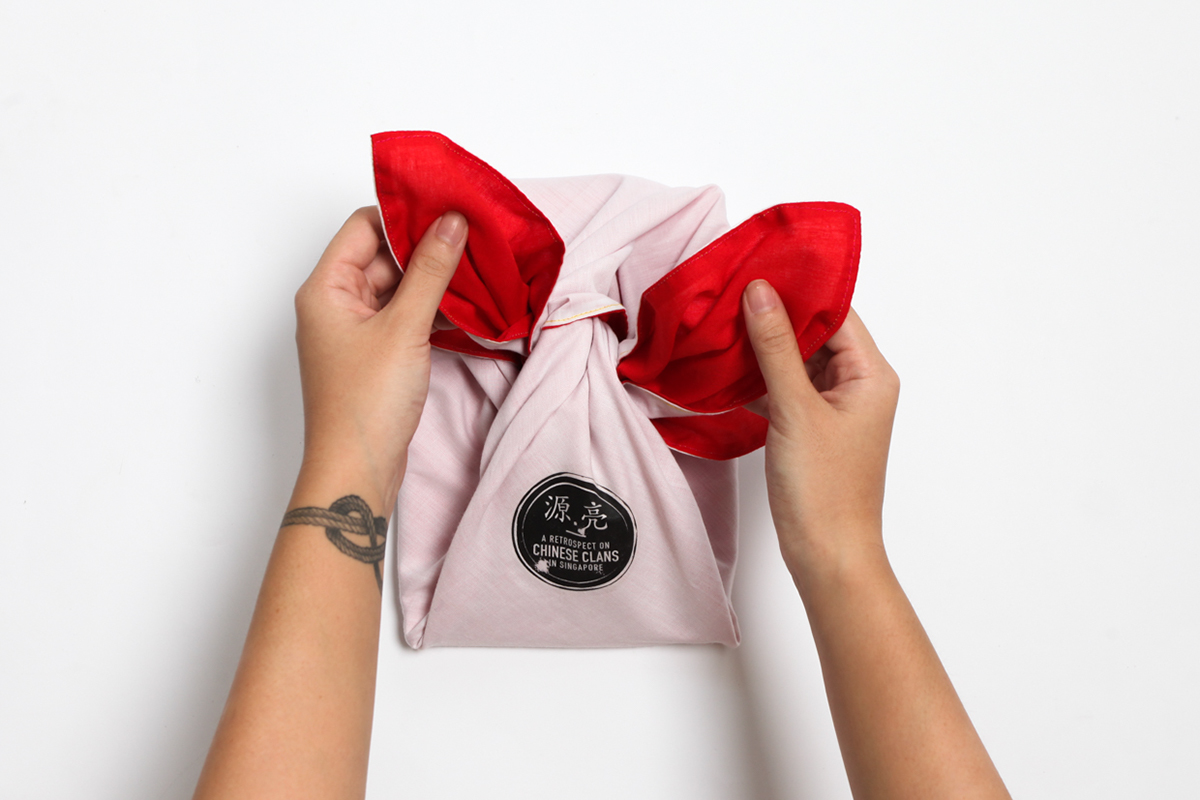

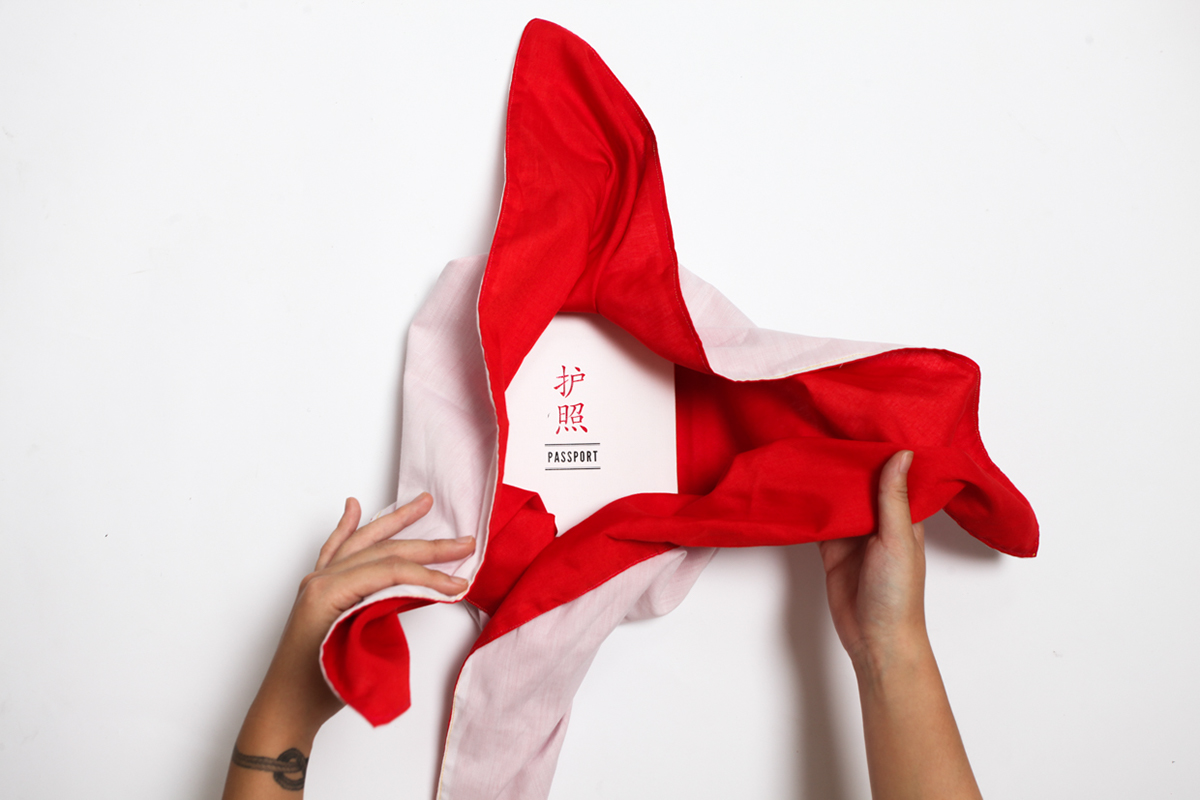

The Book
With the concept in mind, I decided to make the unravelling of the book an experience of “leaving home to find a home”, a journey which begins with a simple four-tie bundled cloth bag from the old days, as if one has packed his bags and is about to leave home.
Inside the wrapped cloth bag is a passport (the book), because in today's day and age the passport is the most important thing that one has to take along when travelling out of their country. This item, despite being just pieces of paper, is a form of our identity and serve as a reminder for us to remain rooted to his origins, because such identifications show where we were born and who we are.
Lastly, because I also feel that everyone each has a different story to tell as we all come from different backgrounds, I realised I had to give my target audience a chance to start writing and probing their origins. The passport requires the target audience’s human touch - they would have to fill in the blank fields in the certificate and the first and last pages of the book.
Then... The rest of the experiential journey is theirs to pursue.
With the concept in mind, I decided to make the unravelling of the book an experience of “leaving home to find a home”, a journey which begins with a simple four-tie bundled cloth bag from the old days, as if one has packed his bags and is about to leave home.
Inside the wrapped cloth bag is a passport (the book), because in today's day and age the passport is the most important thing that one has to take along when travelling out of their country. This item, despite being just pieces of paper, is a form of our identity and serve as a reminder for us to remain rooted to his origins, because such identifications show where we were born and who we are.
Lastly, because I also feel that everyone each has a different story to tell as we all come from different backgrounds, I realised I had to give my target audience a chance to start writing and probing their origins. The passport requires the target audience’s human touch - they would have to fill in the blank fields in the certificate and the first and last pages of the book.
Then... The rest of the experiential journey is theirs to pursue.
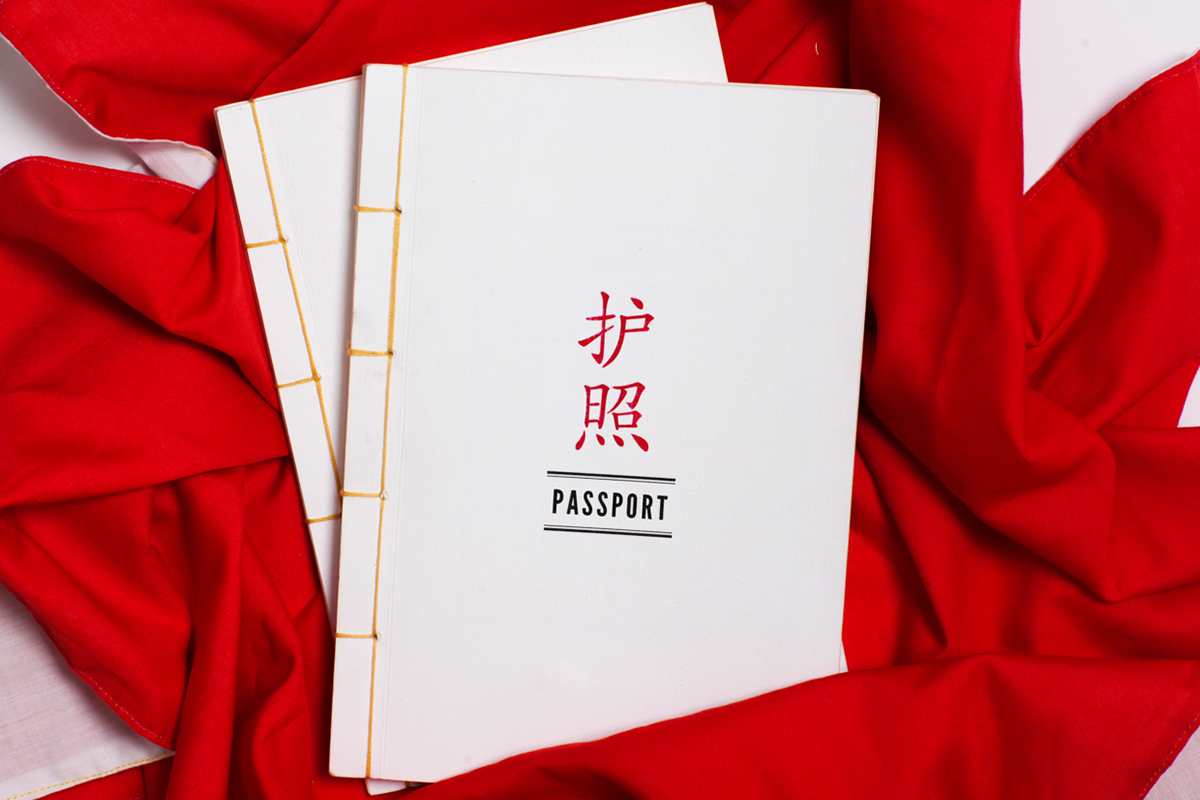
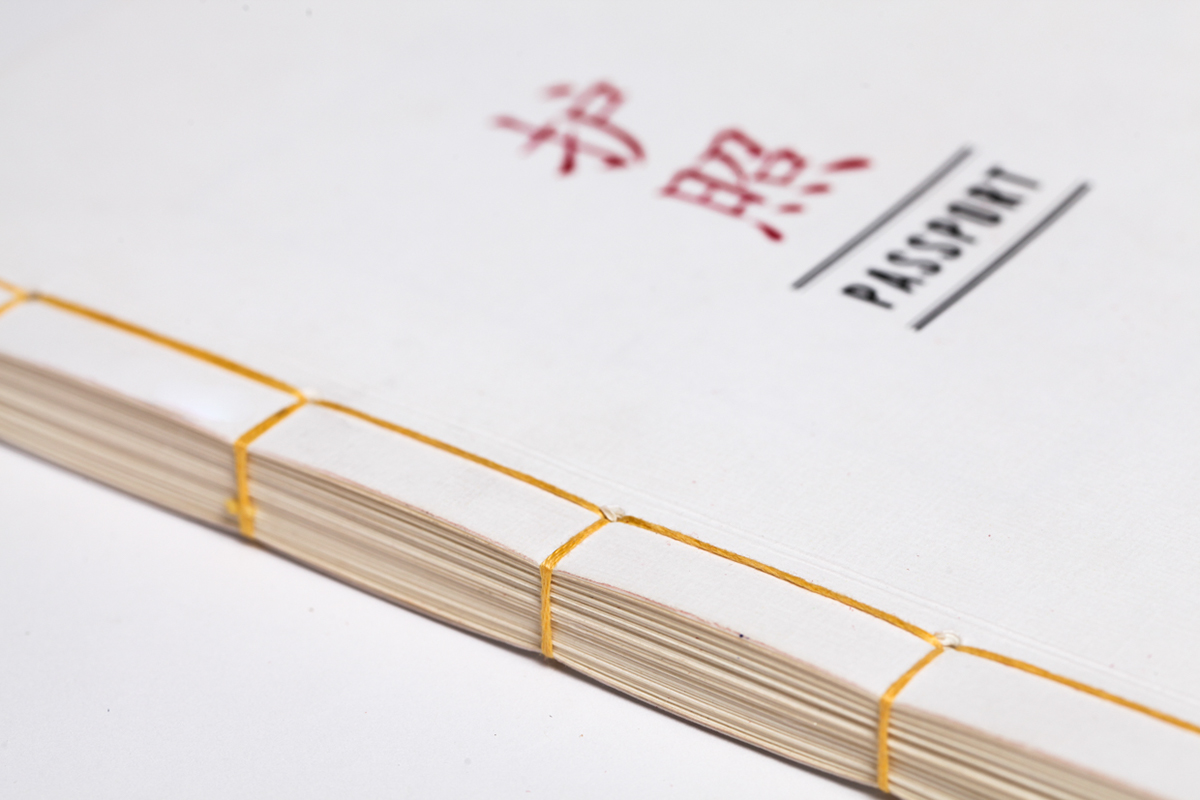

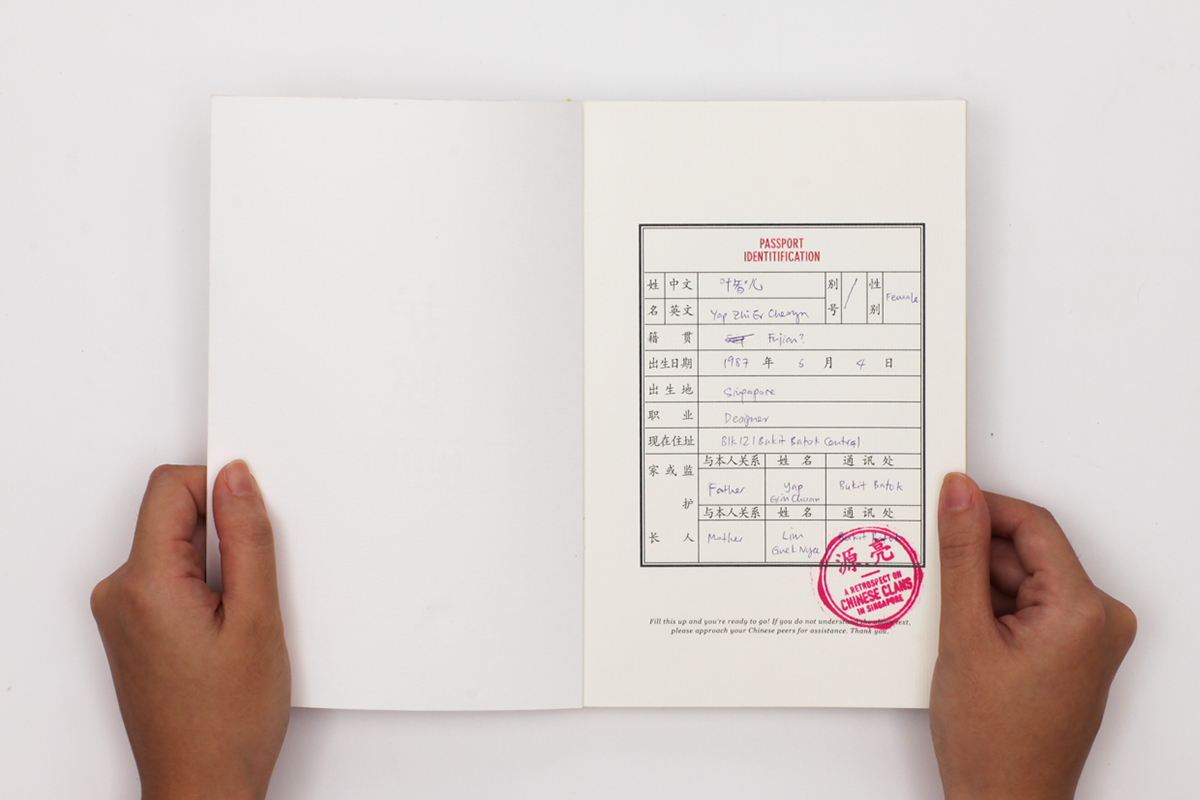
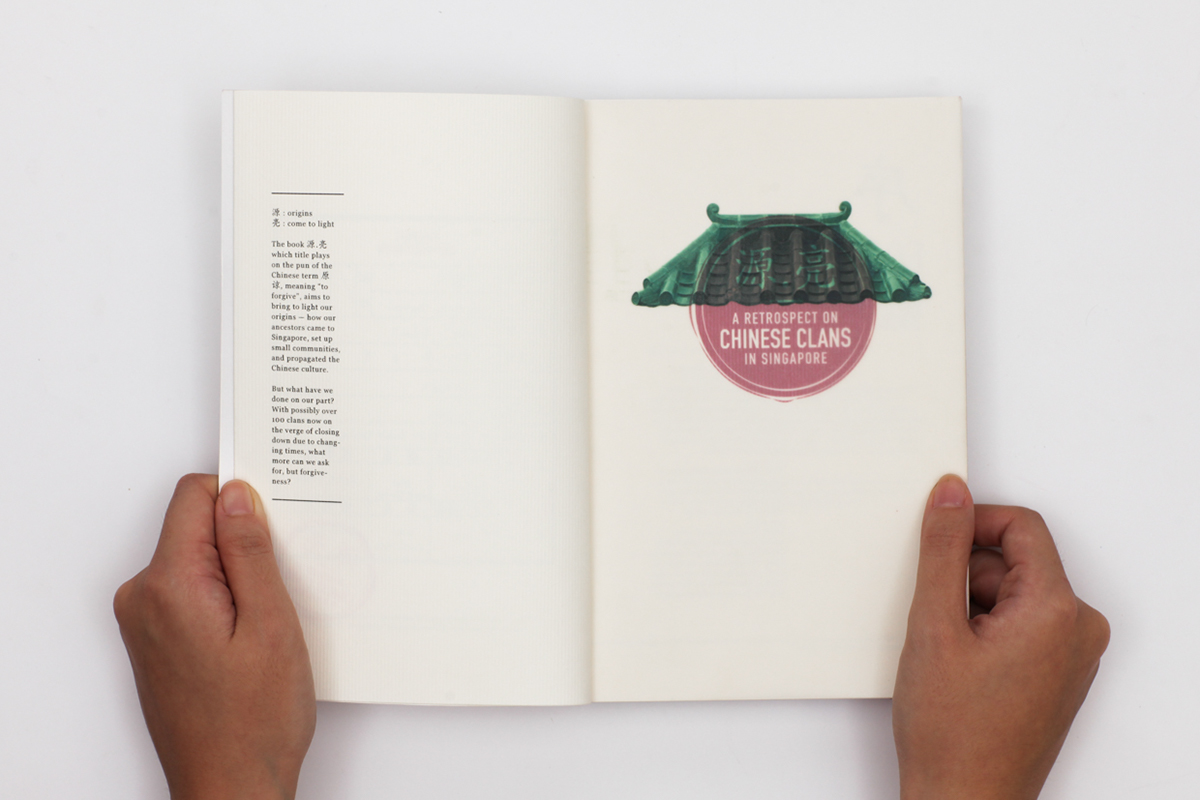
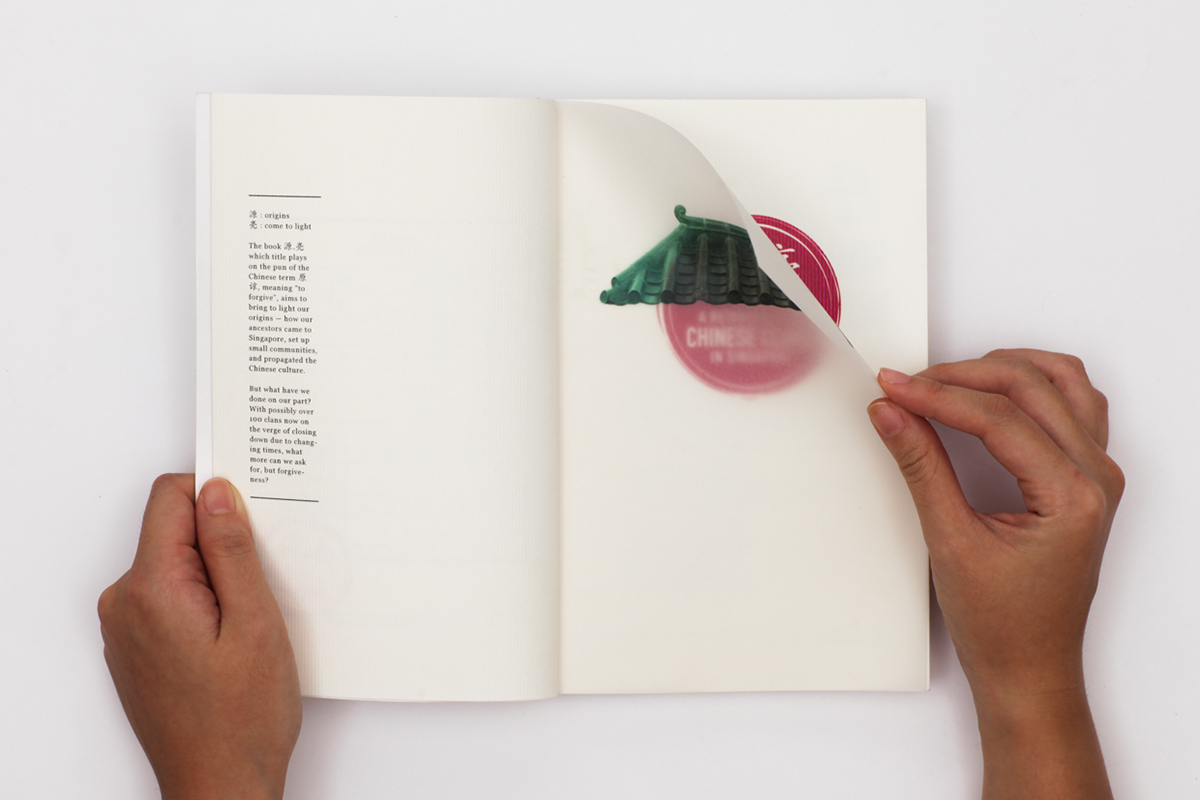

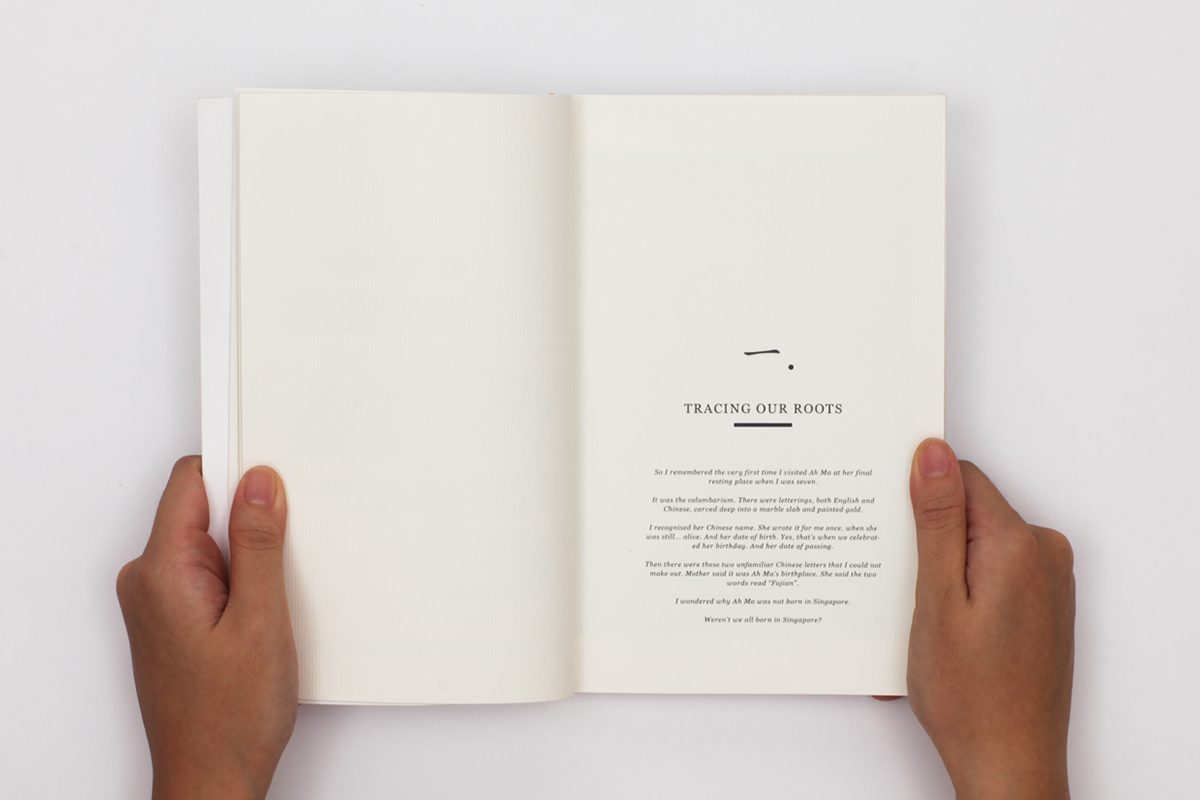
"... I wondered why Ah Ma was not born in Singapore.
Why weren't we all born in Singapore?"
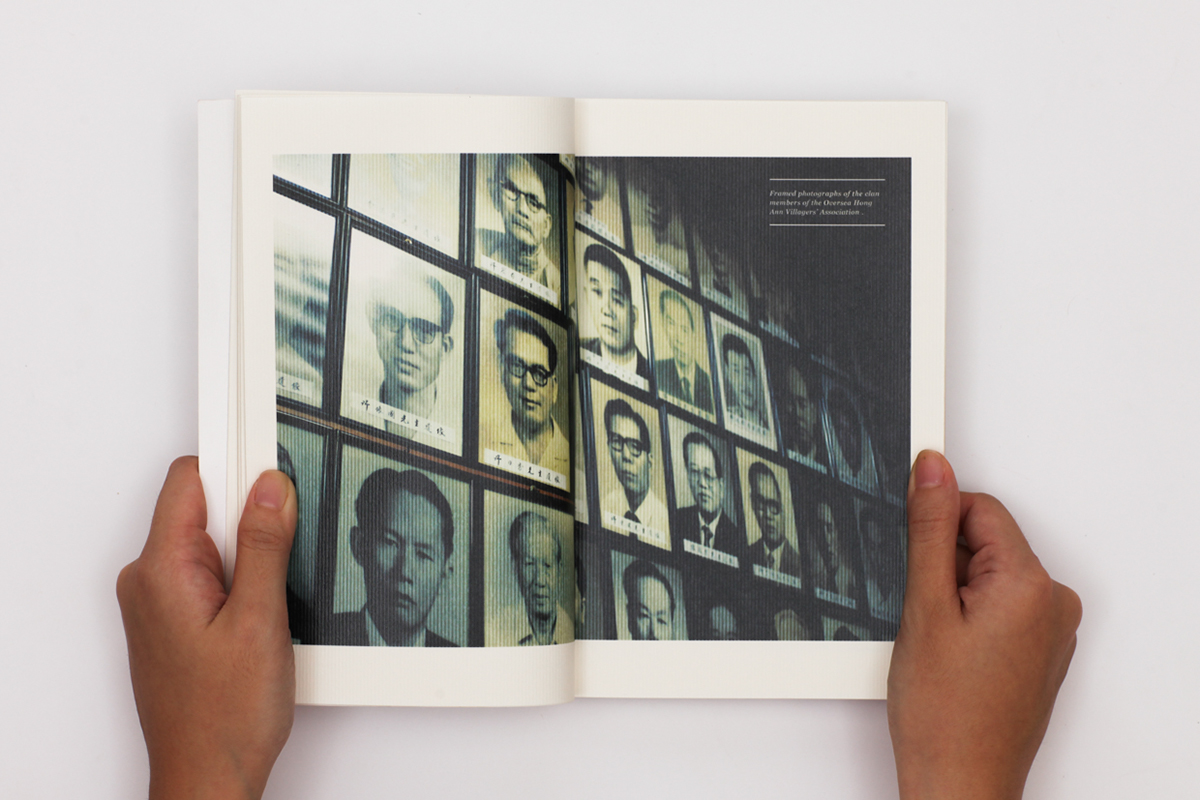
Framed photographs of the clan leaders of
the Overseas Hong Ann Villagers' Association.
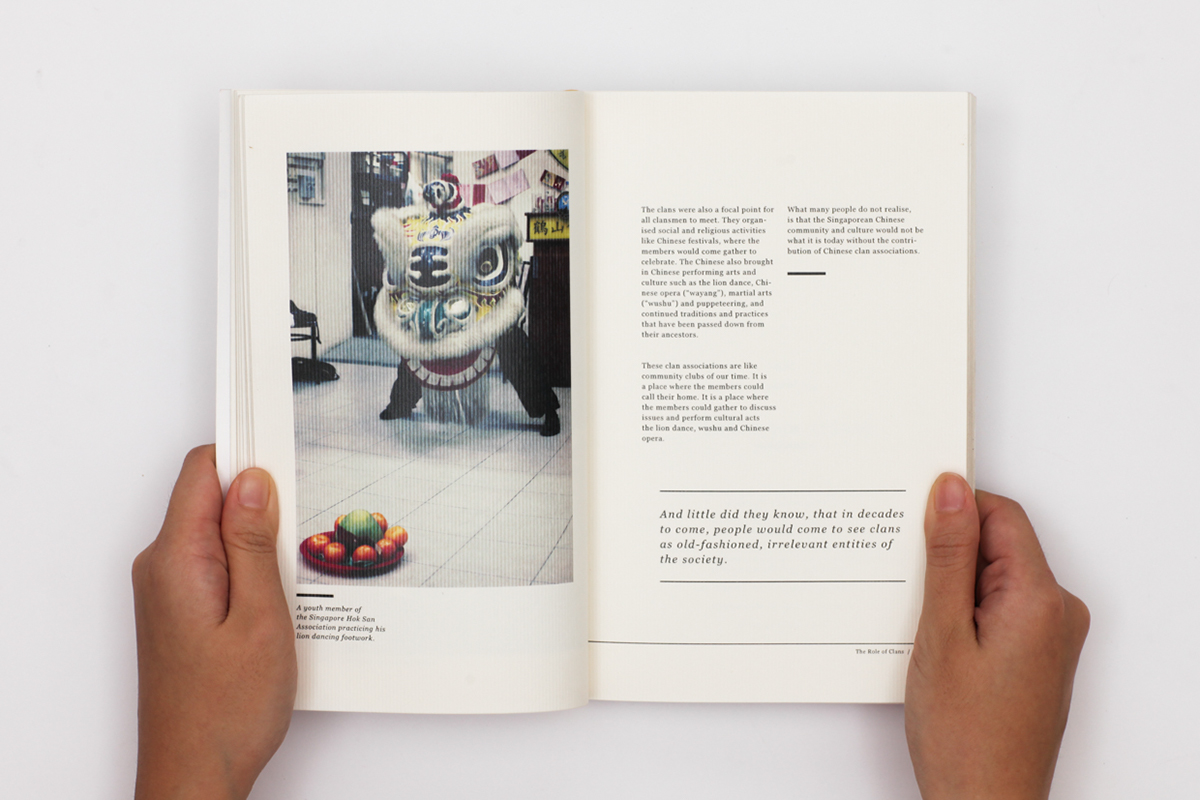
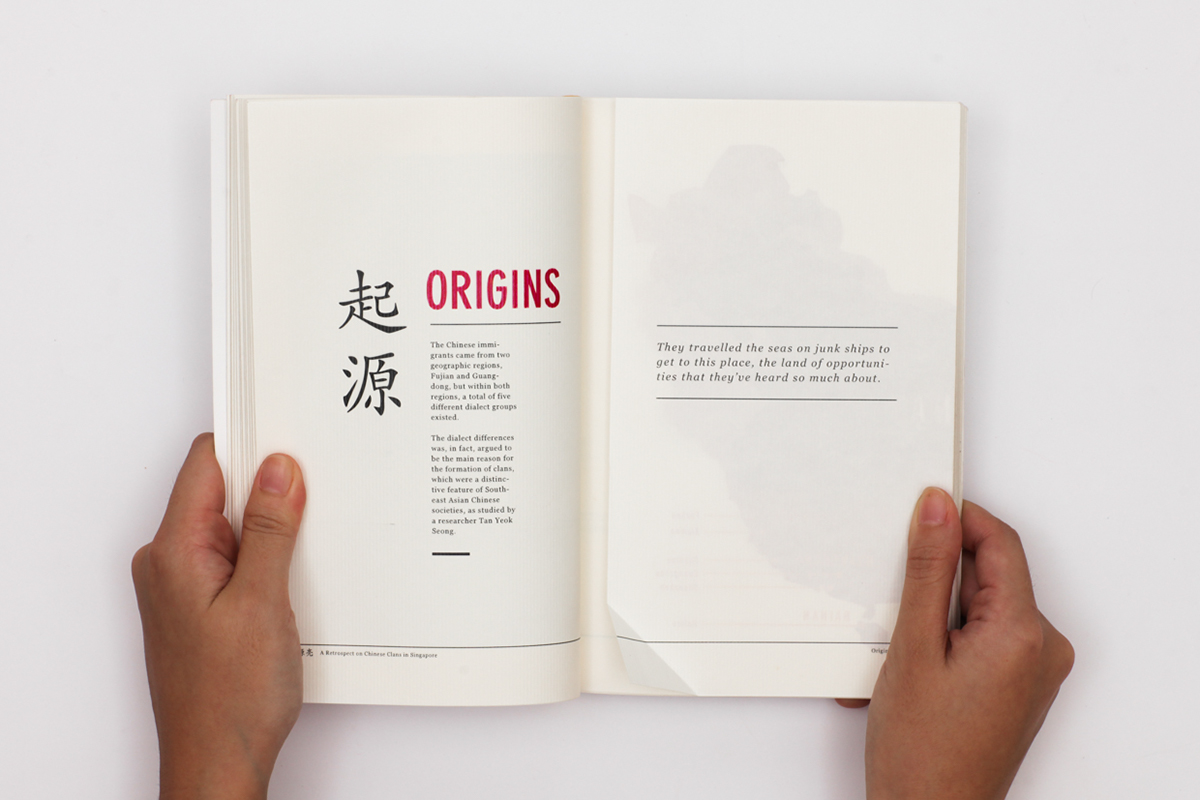
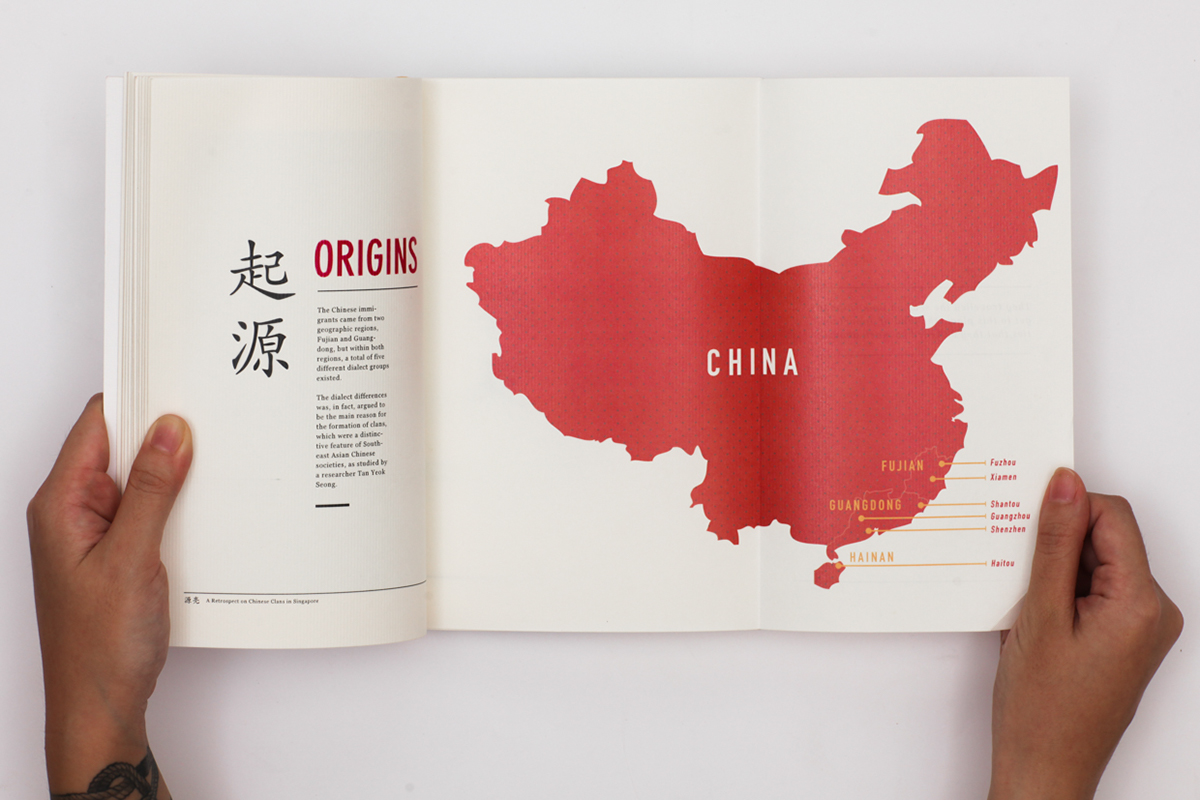
The Chinese migrants came from two geographic regions, Fujian and Guangdong, but within both regions, a total of five different dialect groups existed. The dialect differences was, in fact, argued to be the main reason for the formation of clans, which were a distinctive feature of Southeast Asian Chinese societies, as studied by a researcher Tan Yeok Seong.
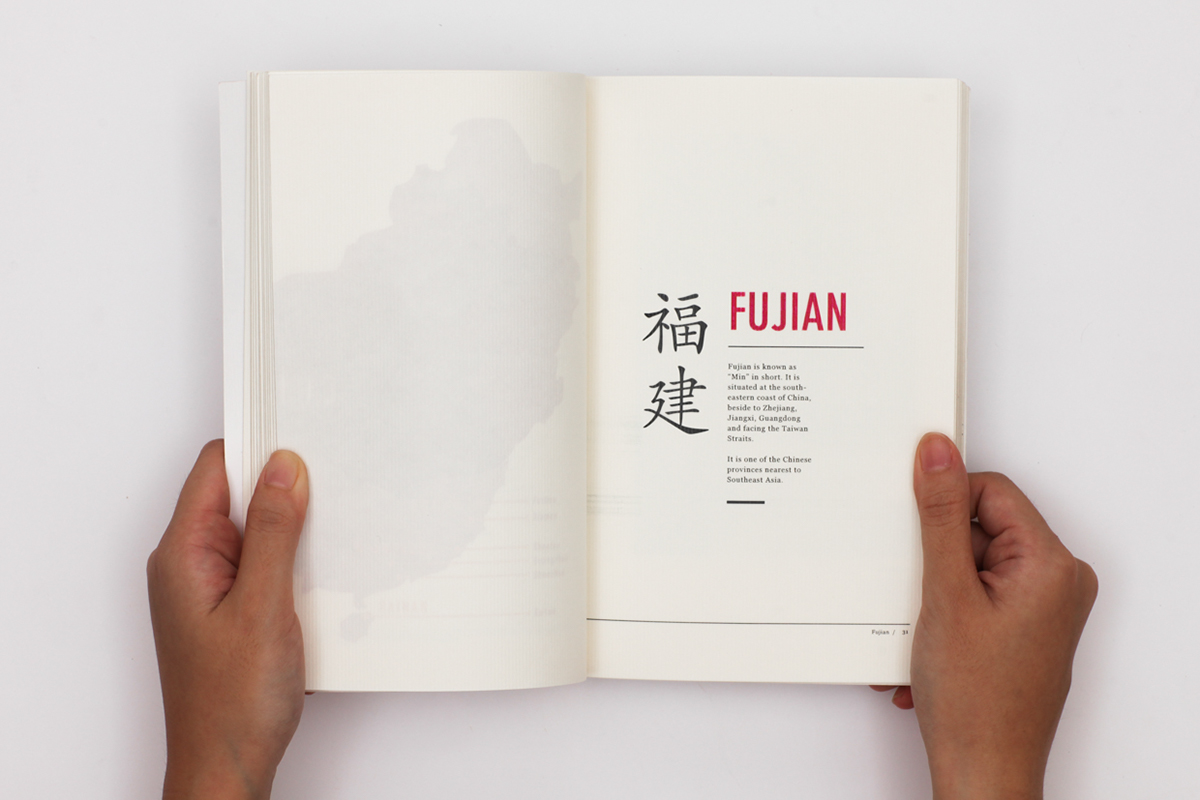
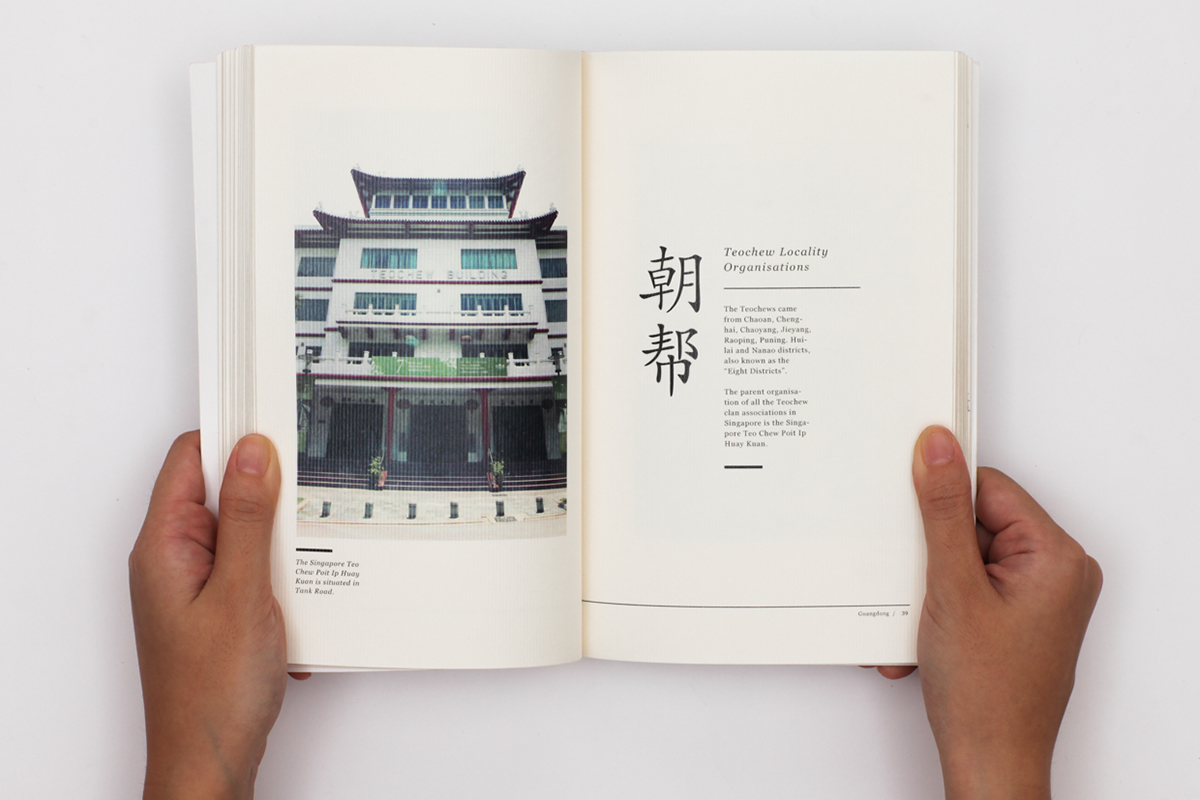
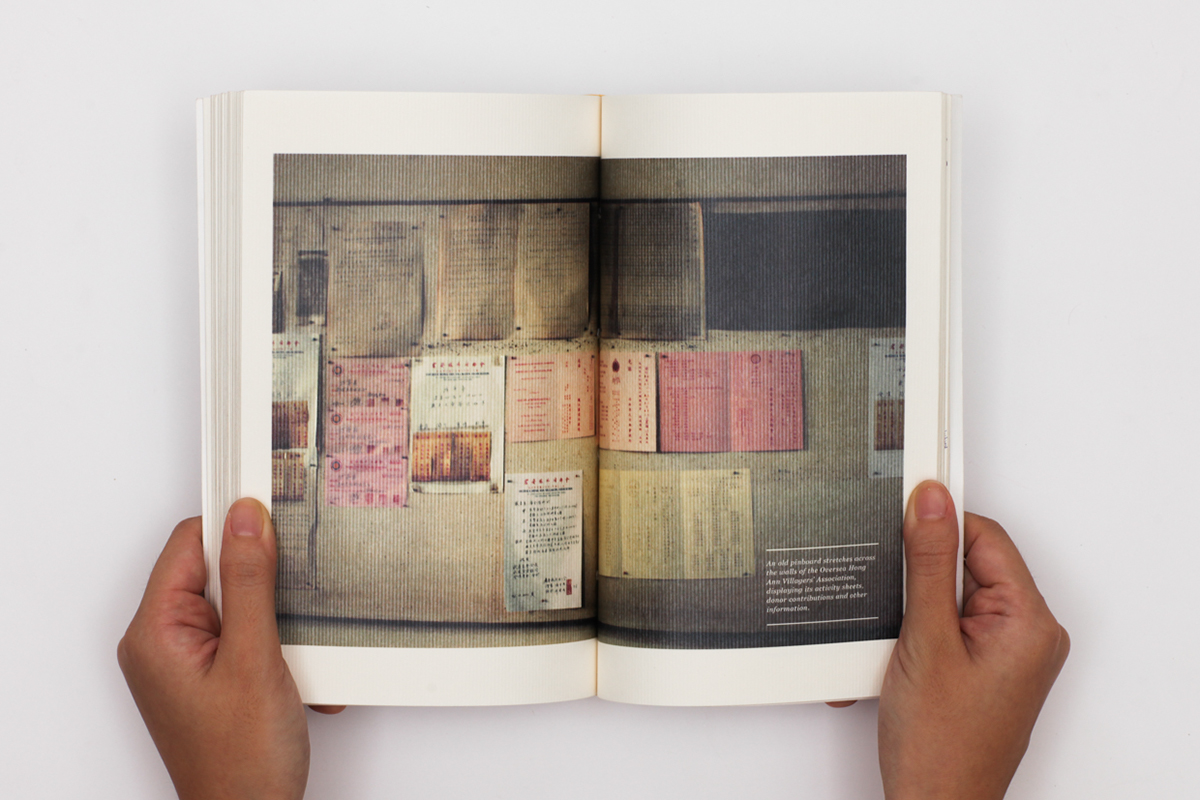
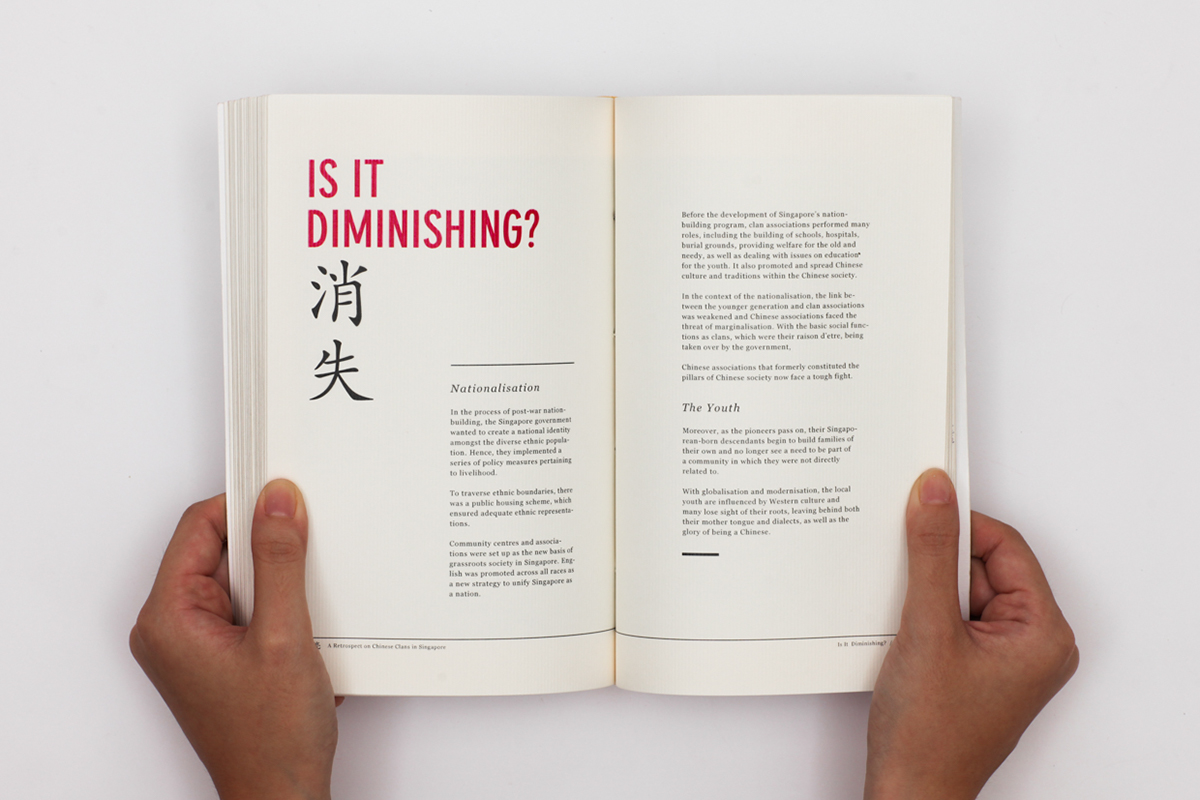
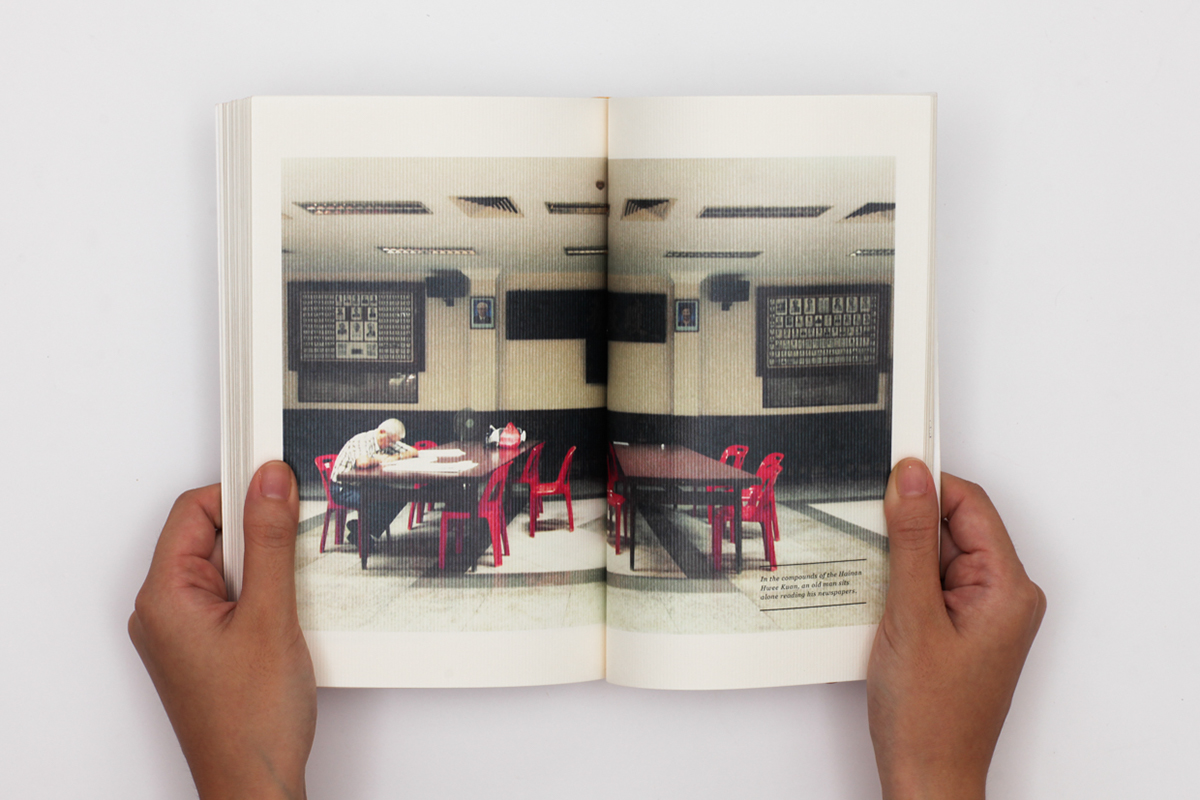
In the compounds of the Hainan Hwee Kuan,
an old man sits alone reading his newspapers.

Neatly lined row by row are the names of the donors
who have contributed to the Singapore Hok San Foundation.
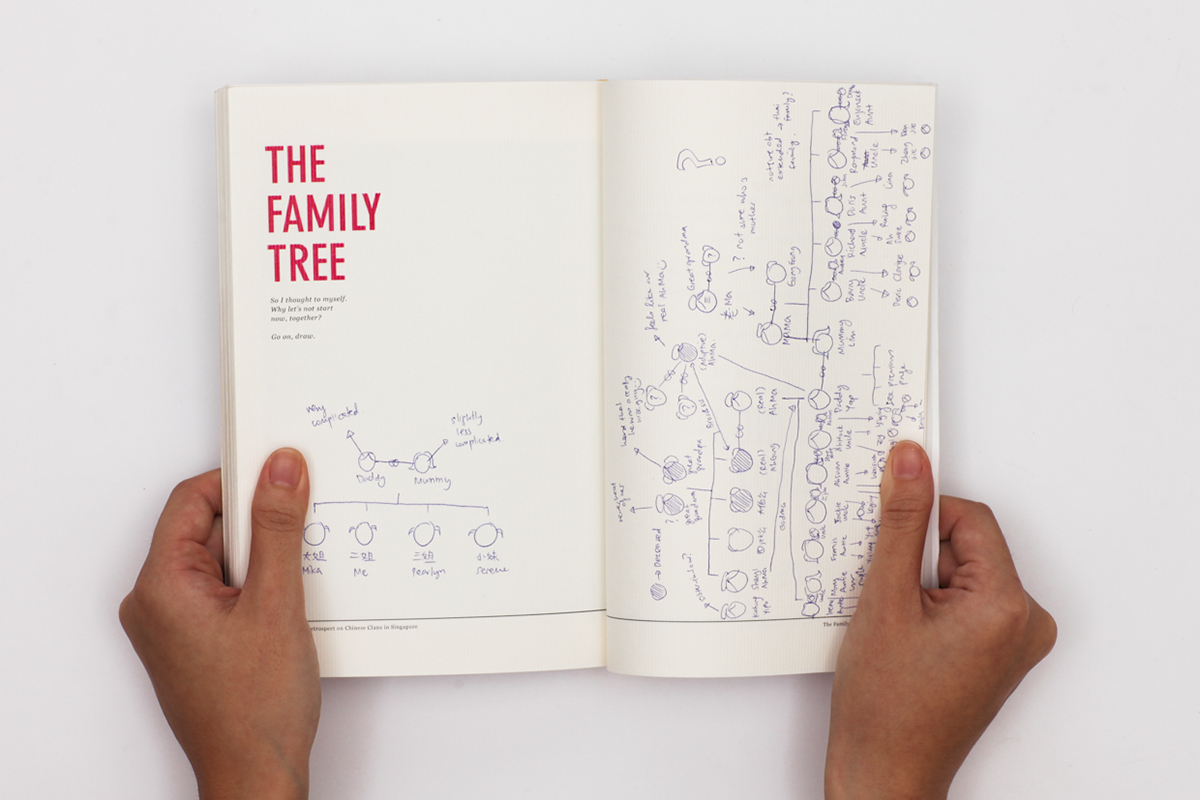



"People will not look forward to posterity,
who never look backwrd to their ancestors."
- Edmund Burke


